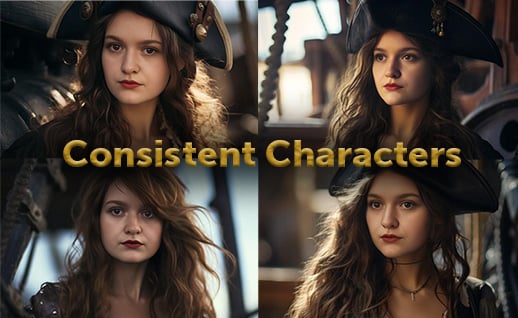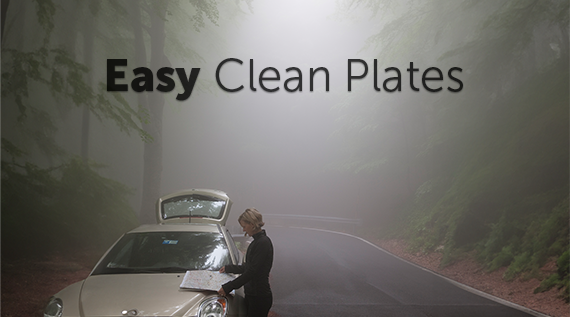By Thomas Escourrou, co-founder of Videopixie
Want to have happy clients, a sustainable work-life balance, and a sound business? We asked two of our favorite video production companies in the Videopixie community to share their approach to achieving that balance. These are their lessons learned, often the hard way.
Educate and own the process
It’s not about just pressing record anymore. It’s about becoming an educating resource between your client and the production world. — Nicole Kruex, Director at TCA Media
Most clients have very little experience purchasing video production, let alone producing. With the exploding demand for video services now, this is especially true. Clients who have never made videos before, such as small businesses, Kickstarters, or online instructors, find themselves having to produce quality videos on a regular basis.
As a result, the job of a video creator is rapidly expanding from technical expert to video production coach. The key to this new mentoring role is having a solid process (which you’ll hone over the years) and applying it diligently.
Some clients come to us with ideas in hand, but by the time the project is done, it’s a completely different vision because we’ve worked them through a process that helps to define their vision. — Nicole
Clients don’t know what they don’t know. Make sure they understand the process, and keep a checklist for yourself to make sure no element is left unattended. They’ll appreciate the diligence, and you’ll feel great having developed a repeatable framework, rather than re-inventing the wheel every time.
Define scope and responsibilities, and put them in writing
Get on the same page with your client at the beginning and flesh out the idea together. Communicate exactly what you plan to create and solicit feedback while the idea is on paper. This will encourage a smoother working relationship all around. — Cole Mueller, Director at Vitascope Arts
Video production involves lots of variables and unknowns. By writing down a clear, detailed plan, you’ll quickly find out where you see eye-to-eye and where you need to iterate. To protect you, your team, and the client, you’ll want to have some form of production agreement. There are many templates online — it’s up to you how official you want to make it.
To be effective, at a minimum you’ll want to cover:
- your responsibilities — such as which equipment you’ll use, number of shooting days, number of revisions
- your client’s responsibilities — such as providing digital assets and timely feedback
- deliverables — including the length and format of the final video
- project timeline, payment schedule, and cancellation policy
- IP rights — especially for portfolio purposes
In particular, make sure there’s agreement on the project timeline …
Highlight your project timeline because this protects you from working on a project far longer than you agreed to. Clients who are extremely busy will hire a team but often drag the production out for months due to delays in scheduling, even if they’ve paid a deposit. With a clear agreement in place, you can press the schedule or request extension pay — remind your client that your time is just as valuable. — Nicole
… and on deliverables:
This is something that’s often abused. Many clients think, “Well, if they’re already shooting the video, maybe they can just …” Be stern about the agreed-upon deliverables in the contract. Otherwise, you’ll discover that offering a 30-second video for $1,000 will expand to product photos, graphic design, DVD manufacturing, and supplemental material faster than you realize. With detailed deliverables in the contract, you can remind your client what you agreed to and supply them with a change order for additional services so you are properly compensated for your time and additional services. — Nicole
Align incentives and create a sensible payment schedule
Make sure you include a retainer fee in your contract, and that you receive it before any work starts. Do not call it a deposit — deposits are refundable. Your retainer ensures that you receive something for your time invested in that company, and if for any reason they do not complete the video, you’ll have gotten something in exchange for your service. — Nicole
We see many different types of payment schedules — there’s no one-size-fits-all. Some projects call for 50% up front, 50% at completion. Others use milestones, such as 30% at storyboard, 30% at shoot, 40% at completion. Factors that influence those decisions are if you need the money to hire actors/crew or how established or trustworthy the client is.
A few key points are true of all projects:
- Make sure clients have skin in the game, especially if the project involves out-of-pocket expenses.
- It makes sense to have some of your fees at risk too. For example, you receive full payment upon the client’s final approval.
- When receiving up-front payments, be clear about which parts are refundable. For instance, if you receive 50% up front and the client cancels one week later and before the shoot, what refund are they entitled to?
Always deal with money matters clearly and promptly — doing otherwise is the quickest way to turn a relationship south.
Design collaboratively and communicate often
Try to make the process fun for them. We should all be excited with the finished product! — Cole
It’s one thing to be a super creative individual. It’s another to create a product in collaboration with many clients and a full team. To succeed, you’ll need to bring stakeholders along with you in key decisions, while filtering out unimportant details. This requires a whole other level of communication skills.
In general you will need to be more explicit and communicate more often than your instincts suggest. At key decision points be prepared to present multiple options, with rationales (and financial implications) for each.
Allow plenty of time for your client to provide feedback, and make sure feedback is coming from all stakeholders, not just your main contact. Thank your client for feedback. Reinforce good client behavior! — Nicole
Other tips to further de-risk and avoid surprises: Take test shots, create moodboards, and encourage clients to send someone on set. To avoid big scares, let your client know — before they watch them — that the first and second drafts will be rough.
Implementing these tips will make your projects more fun for everyone, so give them a try. Client management is a vast topic and I’m sure you all have other insights to contribute. What are your tips for creating successful projects with happy clients?
In the meantime, join Videopixie to receive new leads every day or to hire directors, videographers, motion designers, animators, and editors for your own projects — it’s free for Dissolve friends in 2016!
Posted by
Dissolve
Dissolve Premium (dissolve.com) has been the go-to for quality stock footage and photos by the world's top creative agencies and production houses. Some of the best filmmakers and stock producers from around the world are with Dissolve — our rapidly growing collection of unique, compelling footage is a testament to that. In addition to our quality stock footage and photography business, we launched Dissolve Creators (dissolve.com/creators/community). A platform for photographers, filmmakers, producers, and designers to connect and share their work as free downloadable content. We offer these creatives (amateur or pro) a bridge to our clientele, gig opportunities, networking opportunities, as well as our knowledge of the stock industry.
.png)
.png)
.png)




